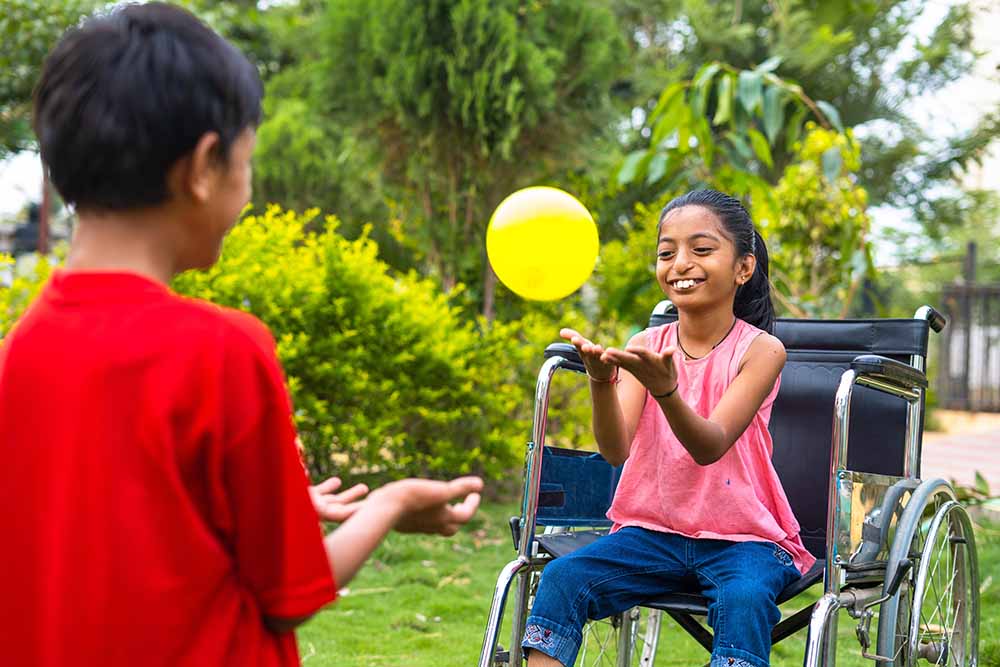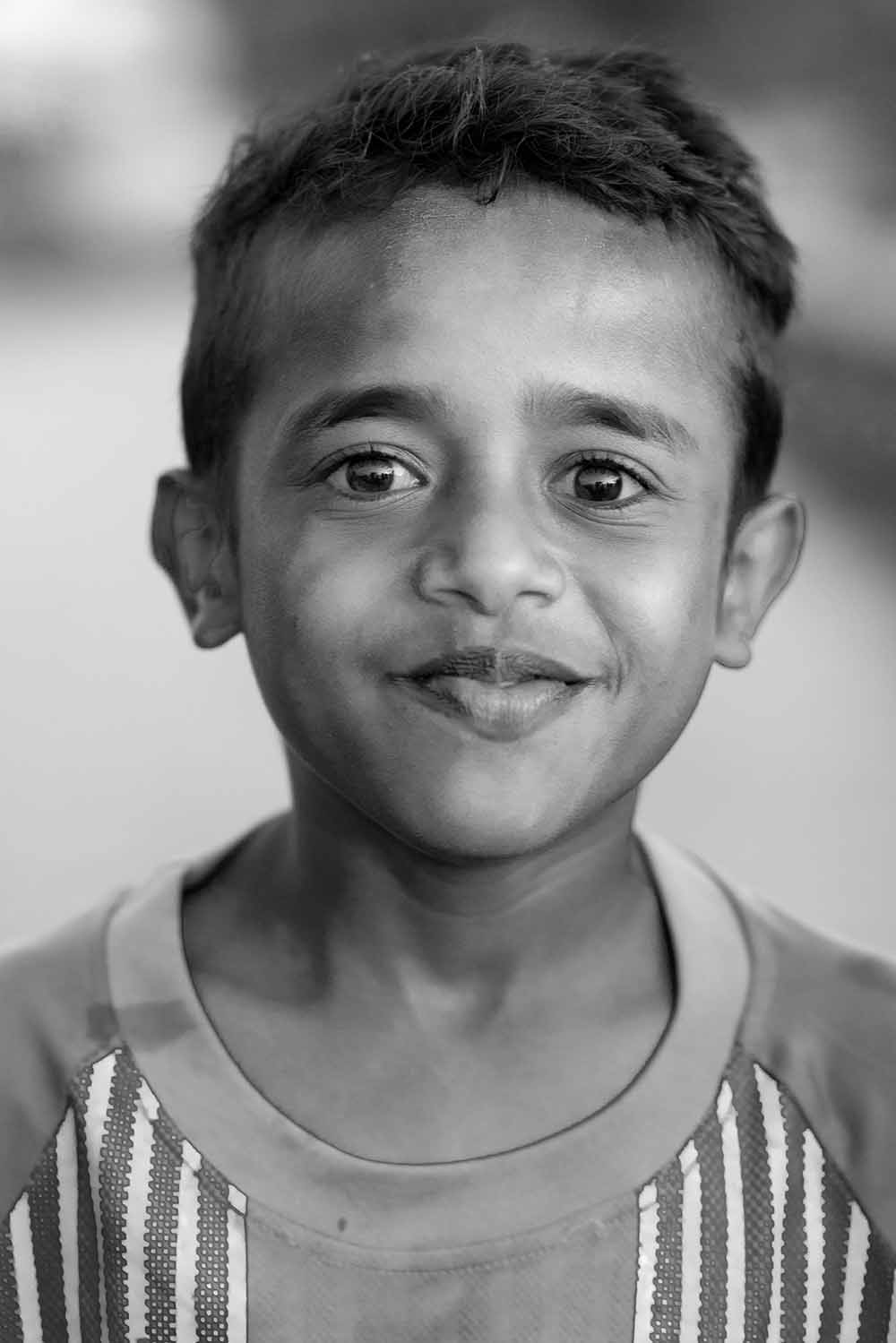When discussing disability with young children, it’s important to approach the topic with sensitivity and honesty. Start by acknowledging that everyone is different, and these differences can include things like how people move, talk, or learn. Use language that is appropriate for their age and comprehension levels, avoiding complex or abstract concepts.
For instance, you might explain that some people use wheelchairs to help them move around, or that some people may need special tools to communicate. Children are curious and are sure to have several questions and concerns when they encounter differences between themselves and other kids. Encourage your child to ask questions and express their curiosity. Validate their feelings and let them know that it’s okay to be curious but also to be respectful.

In school as well as home, parents and teachers impart value-based lessons to children –to treat others with kindness. But when it comes to disability, that simply isn’t enough. This is especially because their young and inexperienced minds have never witnessed or encountered someone their age or an adult with differences before. Emphasise the importance of treating everyone with kindness and understanding, regardless of their differences. You can use stories, books, or videos to illustrate these concepts in a way that children can relate to and understand.
Clinical Psychologist, Mehezabin Dordi of Sir HN Reliance Foundation Hospital shares a guide on how to talk to your child about people with disabilities.
Preemptive Measures
Talking to your child in private before meeting someone with a disability can help prepare them and alleviate any anxiety, uncertainty or general questions they may have. Start by explaining that some people may have disabilities that affect how they move, see, hear, or communicate. Assure your child that it’s okay to ask questions if they’re curious, but remind them to be respectful and considerate of the other person’s feelings.
Discuss ways that your child can be helpful and inclusive, such as offering to assist if needed or being patient and understanding. Role-play different scenarios to help your child feel more comfortable interacting with someone who has a disability. Encourage them to focus on the person’s abilities and strengths rather than their limitations.

Deconstructing The Word ‘Normal’
When teaching children about the concept of ‘normalcy,’ it’s important to emphasise diversity and acceptance. Instead of framing differences as abnormal or strange, highlight the beauty and richness of human diversity. Explain that everyone is unique and special in their own way, and that there is no one ‘normal’ way to be.

Everyone Is Born Different
Encourage your child to embrace their own uniqueness and celebrate the differences they see in others. Teach them to appreciate diversity and treat everyone with respect and kindness, regardless of how they may differ from oneself. Avoid using language that implies certain traits or characteristics are superior to others, and instead focus on promoting acceptance and inclusivity.

Lead By Example
Young children are highly impressionable. Therefore, as parents, it’s important to lead by example and actively teach children about empathy, acceptance, and inclusion. Encourage them to look beyond physical or cognitive differences and to focus on the person’s character, personality, and abilities. Foster genuine friendships with individuals of all abilities and backgrounds, and encourage your child to do the same. This is important because friends provide support and having diverse friends gives one a chance to pick up and learn new interests.
Teach them to be advocates for inclusivity and to stand up against discrimination or prejudice. Provide opportunities for them to learn about different disabilities and to engage in activities that promote understanding and acceptance. By teaching children to be kind, empathetic, and inclusive from a young age, you are helping to create a more compassionate and accepting society for everyone.
Image source: Rediff, LittleMiggy